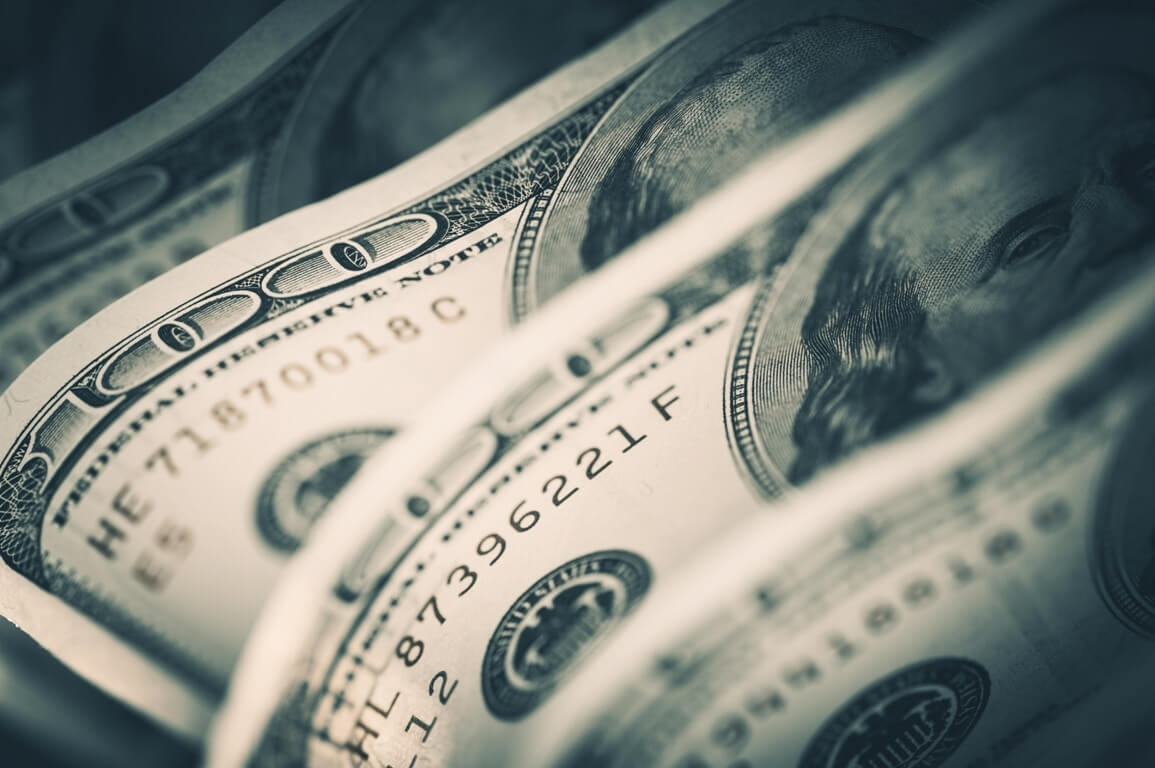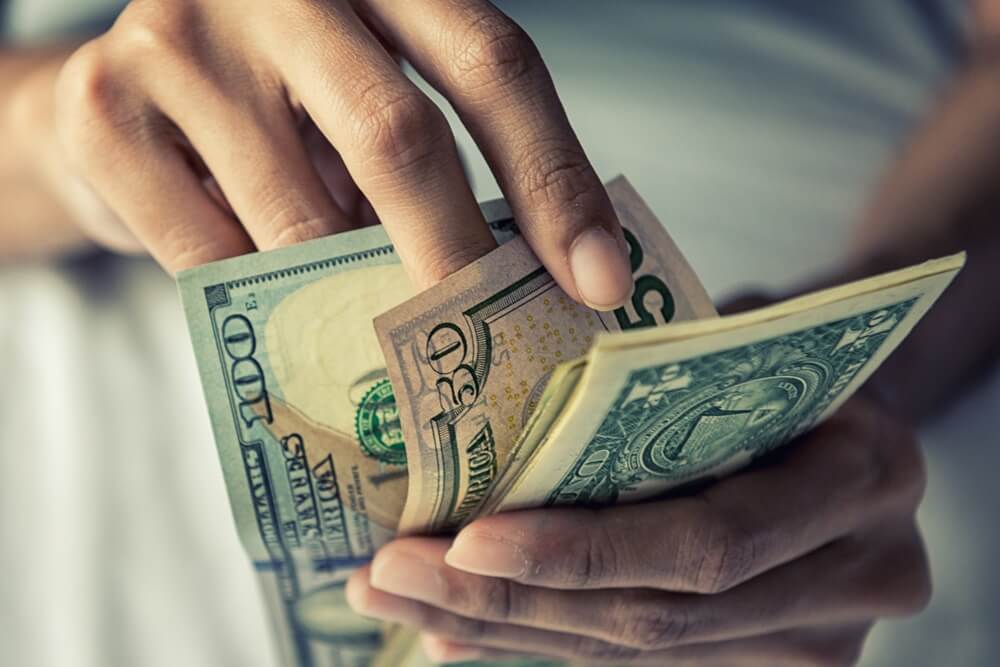
US Inflation Spotlight: Dollar Gains for Best Rate
In today’s fast-paced global economy, currency exchange rates play a pivotal role in financial decision-making. We will explore the factors influencing the best US dollar rate and provide insights into optimizing your returns. We will also delve into the lesser-known aspect of the dollar buy back rate, shedding light on its significance.
Factors Influencing the Best Dollar Rate
Achieving the best dollar rate involves a complex interplay of economic, political, and market factors. To make informed decisions, one must keep a close eye on the latest developments and trends. Several key factors can influence the currency’s rate:
- US Inflation Trends: Inflation rates in the United States significantly impact the best US dollar rate. Higher inflation tends to erode the purchasing power of the dollar, leading to a depreciation in its value relative to other currencies. As such, investors and businesses should closely monitor inflation data and its potential implications on the rate.
- Global Economic Conditions: Global economic conditions also heavily influence The best dollar rate. Economic growth or recession in major economies can affect the demand for the dollar as a safe-haven currency. In times of uncertainty, investors often flock to the dollar, driving up its value. Conversely, a robust global economy may weaken the dollar’s appeal.
- Political Events: Political stability and government policies can sway the best dollar rate. Trade tensions, elections, and international relations can all impact currency exchange rates. Staying informed about political developments is crucial when seeking the best USD rate.

Optimising Your Investments: Dollar Coins and One Dollar Assets
Now that we’ve discussed the factors influencing the best dollar rate, let’s explore how you can optimise your investments. When considering dollar coins and one dollar assets, it’s essential to remember that the best USD rate doesn’t solely depend on exchange rates but also on your investment strategy.
In the early hours of Tuesday’s European trade session, the US dollar exhibited a modest resurgence, partially reversing the pronounced losses observed in the previous trading session. This renewed movement in the currency markets came as traders adjusted their positions in anticipation of forthcoming data that could reveal an uptick in US inflation.
The Dollar Index, a gauge that measures the performance of the US dollar against a basket of six other major currencies, registered a slight uptick of 0.1%, bringing it to a level of 104.332. This modest rebound followed a 0.5% decline experienced during the prior session, which saw the dollar retreat from its six-month peak of 105.15. Meanwhile, the EUR/USD currency pair experienced a marginal dip of 0.1%, settling at 1.0732. This slight decline occurred despite Spanish inflation figures for August aligning with expectations, revealing a 2.6% increase annually—up from the prior month’s 2.3%.
The dollar buyback rate represents the price at which you can sell your dollar-denominated assets back to your currency of choice. Considering this rate when planning your investments is crucial, as it can impact your overall returns.
The Crucial Role of Dollar Rates and Inflation Data
In essence, the movement of the US dollar in early European trade on Tuesday reflects market participants’ cautious and anticipatory stance in the face of these pivotal developments. As investors and traders navigate the shifting dynamics of the currency market, they do so with an eye on both short-term fluctuations and the broader implications for monetary policy decisions, recognising the integral role the US inflation data plays in shaping the financial landscape.
Finding the best dollar rate is essential for both business and personal financial success. Additionally, keep an eye on the dollar buyback rate to ensure you maximise your returns.




